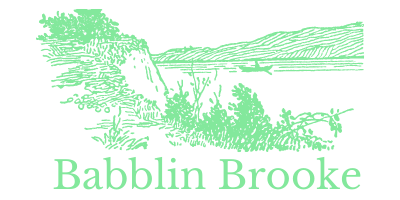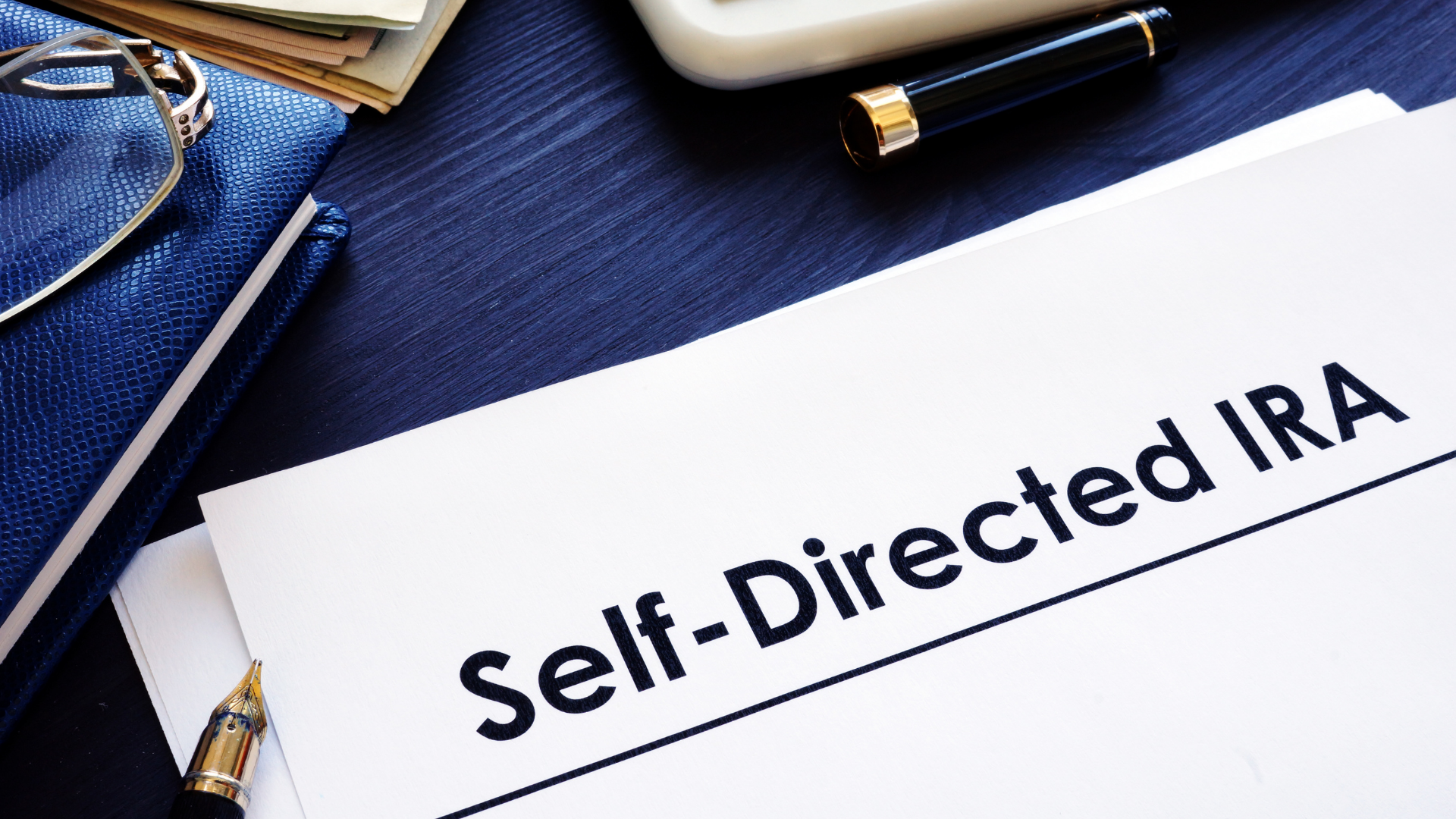As you may have noticed, the financial world is changing rapidly. We are constantly being told that we must make use of our financial advisors, but many of us are not using them. Instead, we are using the financial tools that are in our control. One of the easiest and best ways to take control is to open a self-directed IRA.
More About Self-Directed IRA
Self-directed Individual Retirement Account (SDIRA) are becoming more and more popular, as more and more people are discovering their retirement savings vehicle of choice. Self-directed Individual Retirement Account where you can direct the investment of your money. A self-directed IRA often referred to as a “self-directed IRA,” is an individual retirement account (IRA) in which an individual directs the investment of his or her funds. Self-directed IRAs are not only easy to set up and administer, but they can also benefit from many other tax advantages.
In the US, a “self-directed” IRA is a retirement account that allows the account holder to make choices and investments that don’t go against the rules of the IRA. The Self-Directed IRA, or SDIRA, is an investment vehicle that allows you to put aside money for retirement by looking for opportunities independently. Of course, you can always employ the help of firms similar to the IRA financial group. But be sure to read the full review for each of them, so that you have the assurance that your retirement funds are going to the right place. To come back to the point, the SDIRA combines the advantages of traditional IRAs with the flexibility and control of a self-directed brokerage account.
Like traditional IRAs, self-directed IRAs can accumulate assets, grow tax-deferred, and be used as a retirement tool. Self-directed IRAs offer many advantages over traditional IRAs, such as flexibility, control, and better retirement planning.
Traditional IRA vs. Self-Directed IRA: What are their differences?
With the growing popularity of self-directed IRAs, there are many questions surrounding the amounts of money you can contribute to these accounts, the types of investments you can put in these accounts, and the tax implications of investing in them.
A self-directed IRA (SDIRA) is very similar to a traditional IRA, except that the owner can direct the investments that are made within the account. Self-directed Individual Retirement Accounts or SDIRAs are a type of retirement account that can be linked to an individual’s IRA or 401(k) provided by an employer or an investment firm. Compared with traditional IRAs, which are managed by a custodian bank or an investment firm, SDIRAs have a number of advantages.
There are several reasons why you may want to set up a self-directed IRA. One good reason is that you may want to invest in a specific type of asset that does not show up on a traditional IRA. For example, you may want to invest in alternative investments like real estate or limited partnership interests. An alternative investment may be quite different from a traditional investment like stocks and bonds. A self-directed IRA such as gold or silver IRAs may be a good choice for you if you have a specific financial goal you want to meet.
These specialized IRAs offer the flexibility to incorporate precious metals such as gold into your retirement portfolio. Whether you’re pursuing diversification, safeguarding against economic uncertainties, or aiming for long-term wealth preservation, a self-directed Gold IRA provides a pathway to align your investment strategy with your specific goals. Considering this, you might explore the option of a gold ira transfer from your existing Roth IRA. This may enable you to optimize your retirement holdings by transitioning assets into a gold-backed IRA, thereby enhancing the potential for portfolio growth and stability. Seeking advice from financial experts can assist you in making well-informed decisions tailored to your unique financial aspirations.
Opening SDIRA
SDIRA stands for Self-Directed Individual Retirement Account. The idea behind them is to give people the freedom to invest as they see fit. So, for example, if you have a retirement account at your bank, you might put all your money in safe-ish Treasuries, and you’d be happy with that. But if you own a small business, you might have a retirement account at the bank, and you might put all your money into the stock of your business. Or you might want to invest in real estate or even crypto. There are agencies, such as Broad Financial and others, that help you diversify your retirement accounts by making different kinds of investments. You could read all about them at CaymanFinancialReview.com or similar websites on the internet. That said, it’s entirely up to you what you want to do with your retirement money.
Some people love the tax benefits of a traditional IRA, others love the flexibility of a Roth IRA, and some prefer the liquidity of a mutual fund or ETF. No matter which type of IRA you choose, there are plenty of rules and regulations involved. For those who want to run their own IRA, you’d need a qualified custodian. Each type of custodian has its own rules and regulations, but it all comes down to the same thing: each IRA custodian is responsible for the account and its operations.
Before you open an SDIRA…
Self-Directed IRA, or SDIRA, is a Tax-Deferred Annuity. (It is also known as a Tax-Free Savings Account or TFSA.) In a typical Self-Directed IRA, you keep control of your retirement savings but let a financial institution manage the assets for you, including the day-to-day trades. The company manages your investments for you and invests the profit for you. If market conditions change, the company is obligated to make trades to protect its investment.
Although some self-directed IRAs (SDIRAs) do not require additional taxes, such as the Roth IRA, a self-directed IRA can be a great tool for investors. However, before you rush out and invest your hard-earned money in a self-directed IRA, knowing the risks associated with IRAs is important.






Leave A Comment